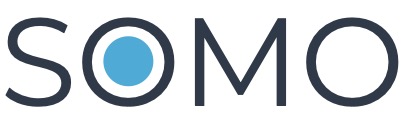Citizen Generated Data (CGD)
Citizen Generated Data (CGD)
Sorry, this activity is currently hidden
Section outline
-
Understand the definition, scope, and characteristics of CGD.
Activities: 3 -
Activities: 0
-
Activities: 0

